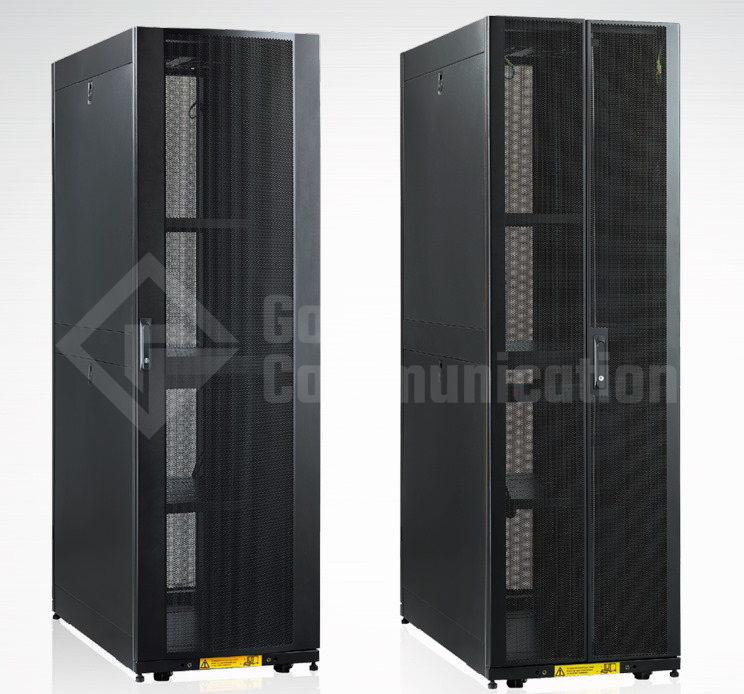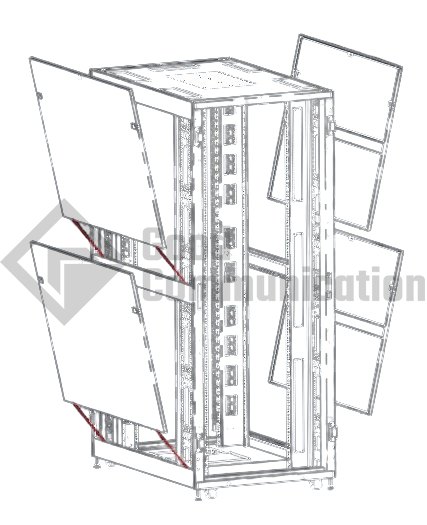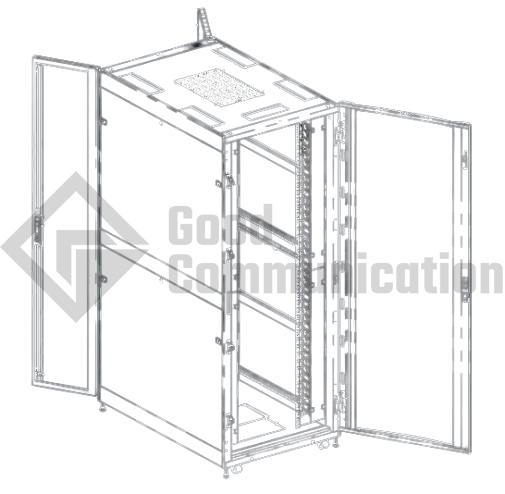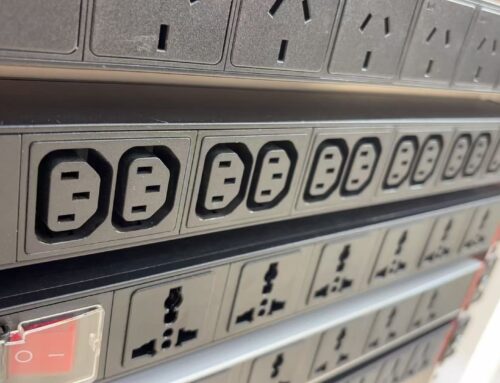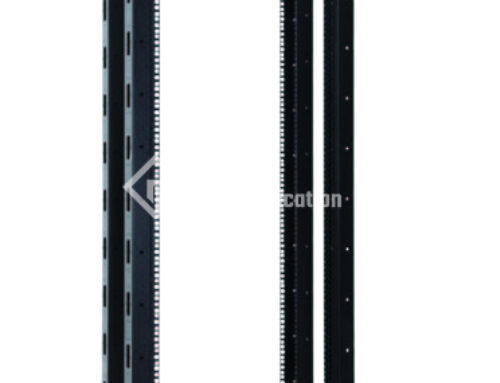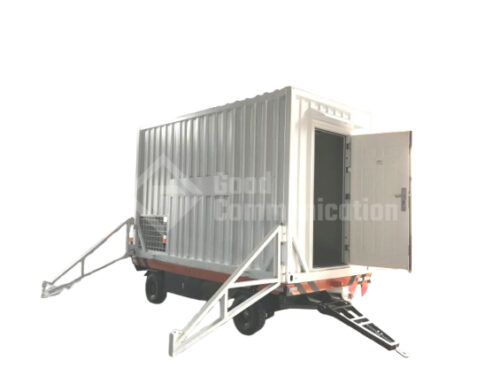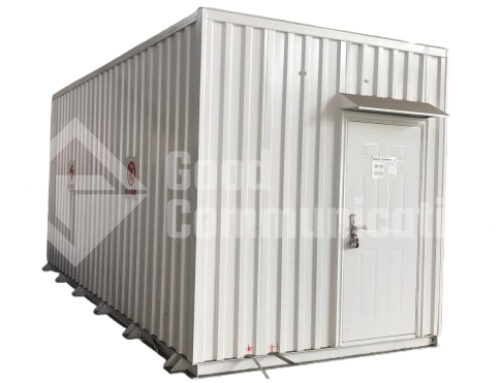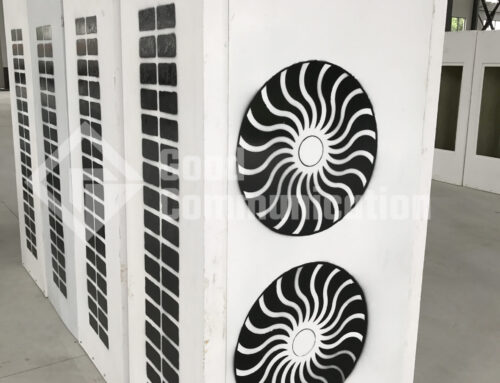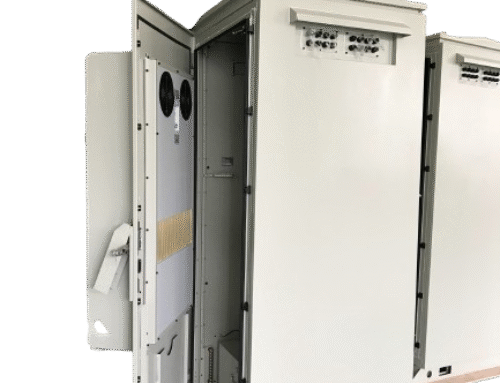• Dimensions: Height: 47U, Width: 800 mm, Depth: 1,200 mm.
• Load Capacity: 600 kg per rack.
• Voltage: Power feeds rated at 230V, single-phase.
• Perforated front and rear doors with 80% airflow.
• Dual power feeds (A and B).
• Vertical and horizontal cable management systems.
• Grounding points for equipment safety.
• Applications:
• Supports IT loads of 3–5 kW per rack.
**********Notes**********
-
Shipping Option: Assembly unit with carton or wood pallet
-
Flat Package or Whole Package depends on requirement.
-
Flat Package is recommended for economic factor
47U Rack Cabinet Network Cabinet
Model: GCTINDAPC47U
Network Cabinet, Server Cabinet are designed to house, organize, and protect critical IT equipment such as servers, switches, routers, and storage devices in data centers, server rooms, or network closets, Made of durable steel or aluminum and feature standardized dimensions of rack to ensure compatibility with industry-standard hardware.
-
Key features:
-
Ventilation & Cooling (perforated doors, fans, or cable cutouts for airflow management)
-
Cable Management (side panels, vertical/horizontal organizers, and brush strips)
-
Security (lockable doors, side panels, and biometric/electronic access controls)
-
Mounting Rails (adjustable for different equipment depths)
-
Load Capacity (supports heavy server stacks, often up to 1000kg or more)
-
Modular Design (optional accessories like shelves, PDUs, and cooling systems)
-
Applications
Network/server cabinets are essential for maintaining reliability, security, and efficiency in IT infrastructure, supporting everything from small businesses to hyperscale data centers.
-
Data Centers – Houses servers, storage, and networking gear in an organized, scalable manner.
-
Server Rooms – Provides secure and efficient equipment mounting for enterprise IT infrastructure.
-
Telecommunications – Stores switches, routers, and patch panels in telecom closets or central offices.
-
Cloud & Hosting Services – Ensures high-density server deployments with proper cooling and cable management.
-
Network Operations Centers (NOCs) – Centralizes critical monitoring and control hardware.
-
Edge Computing – Deploys compact, rugged cabinets for localized processing in remote locations.
-
Industrial IT Environments – Protects equipment from dust, moisture, and physical tampering.

